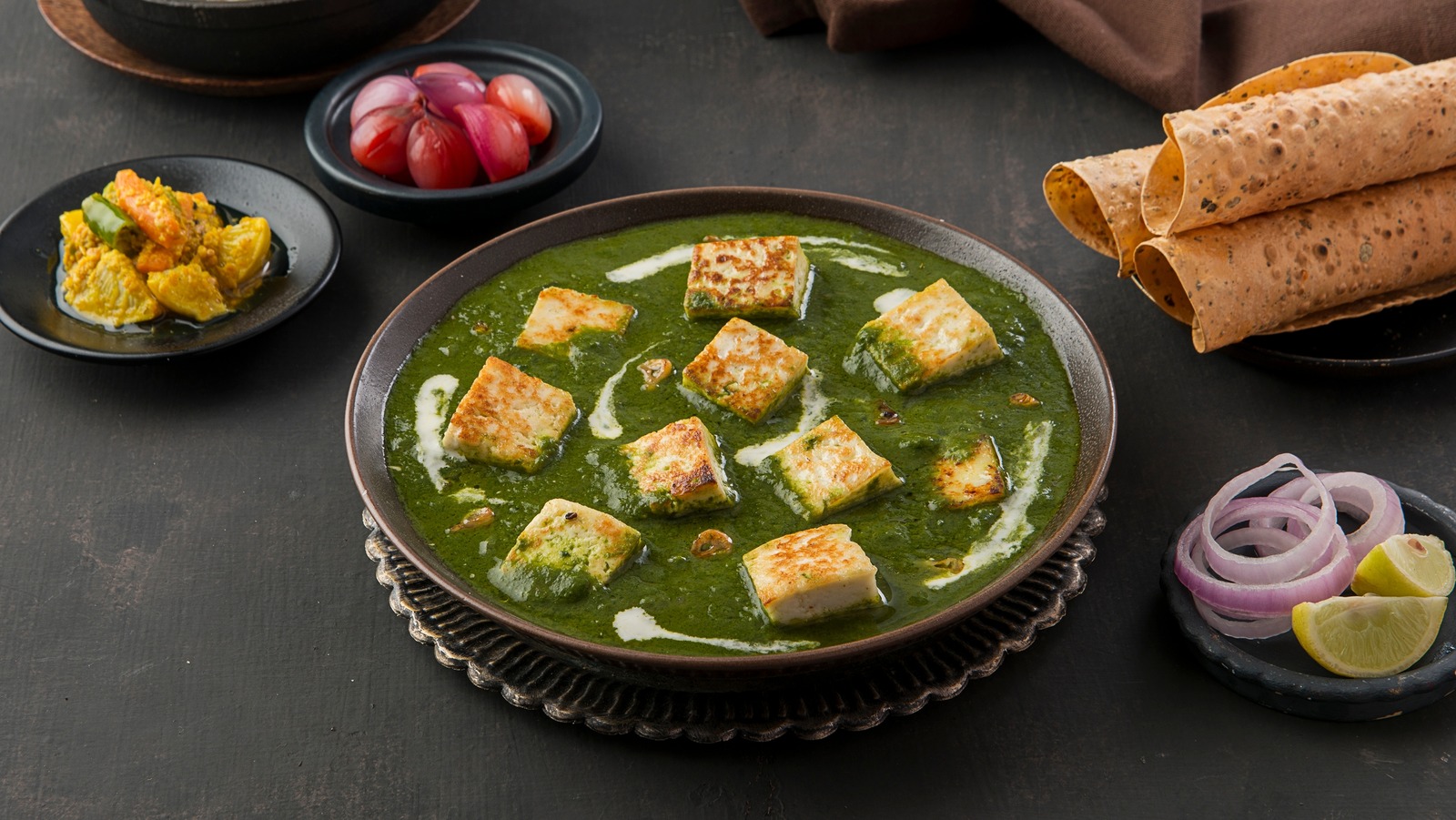Key insights
-
1
Origin and Production
Halloumi originates from Cyprus and is known for its firm, squeaky texture, making it ideal for grilling. Paneer, on the other hand, is a staple in Indian cuisine, characterized by its soft, crumbly texture and mild flavor. Both cheeses are unique in their production processes and cultural significance.
-
2
Texture and Flavor
Halloumi is renowned for its high melting point, allowing it to maintain shape when cooked, offering a chewy texture and salty taste. Paneer is softer and does not melt, making it versatile for various dishes, from curries to desserts, with a more neutral flavor profile.
-
3
Culinary Uses
Halloumi is often grilled or fried, used in salads, sandwiches, or as a standalone appetizer. Paneer’s adaptability makes it suitable for a range of recipes, including palak paneer (spinach curry with paneer), paneer tikka (marinated paneer), and sweets like rasgulla.
Takeaways
Understanding the differences between Halloumi and Paneer enhances culinary knowledge and allows for more informed choices when cooking. Each cheese offers distinct characteristics that can elevate various dishes, and recognizing these can enrich one's gastronomic experience.

